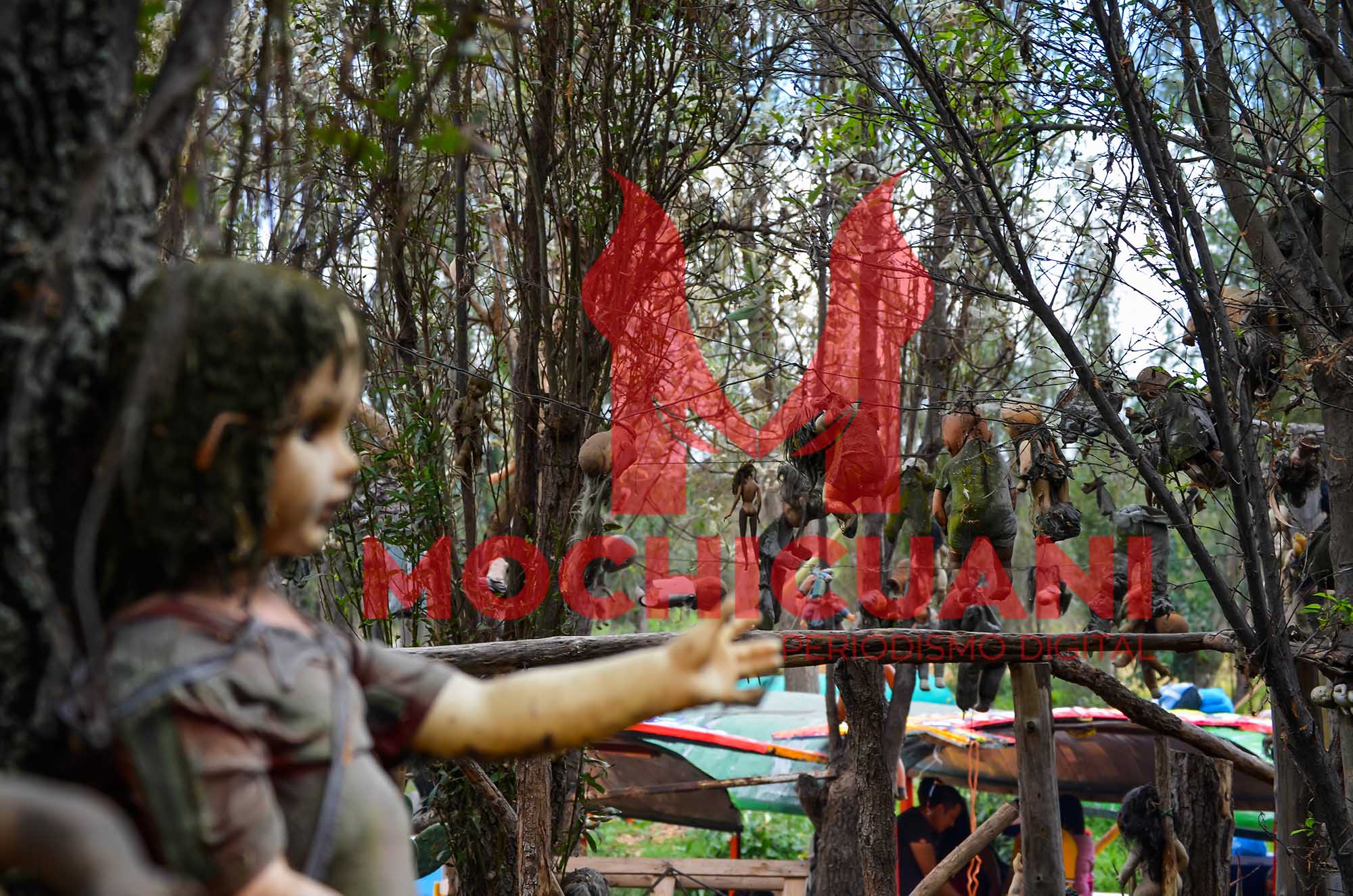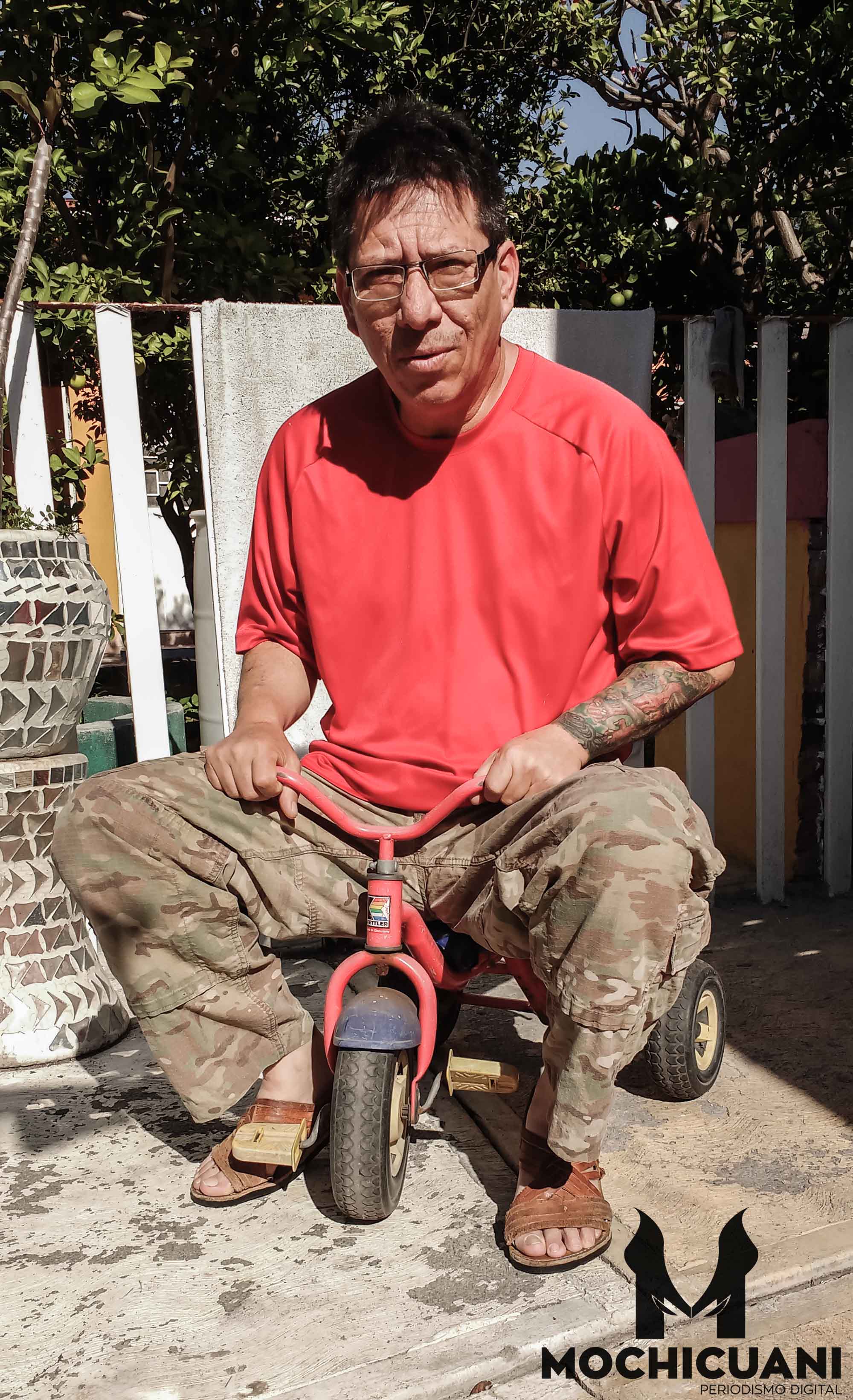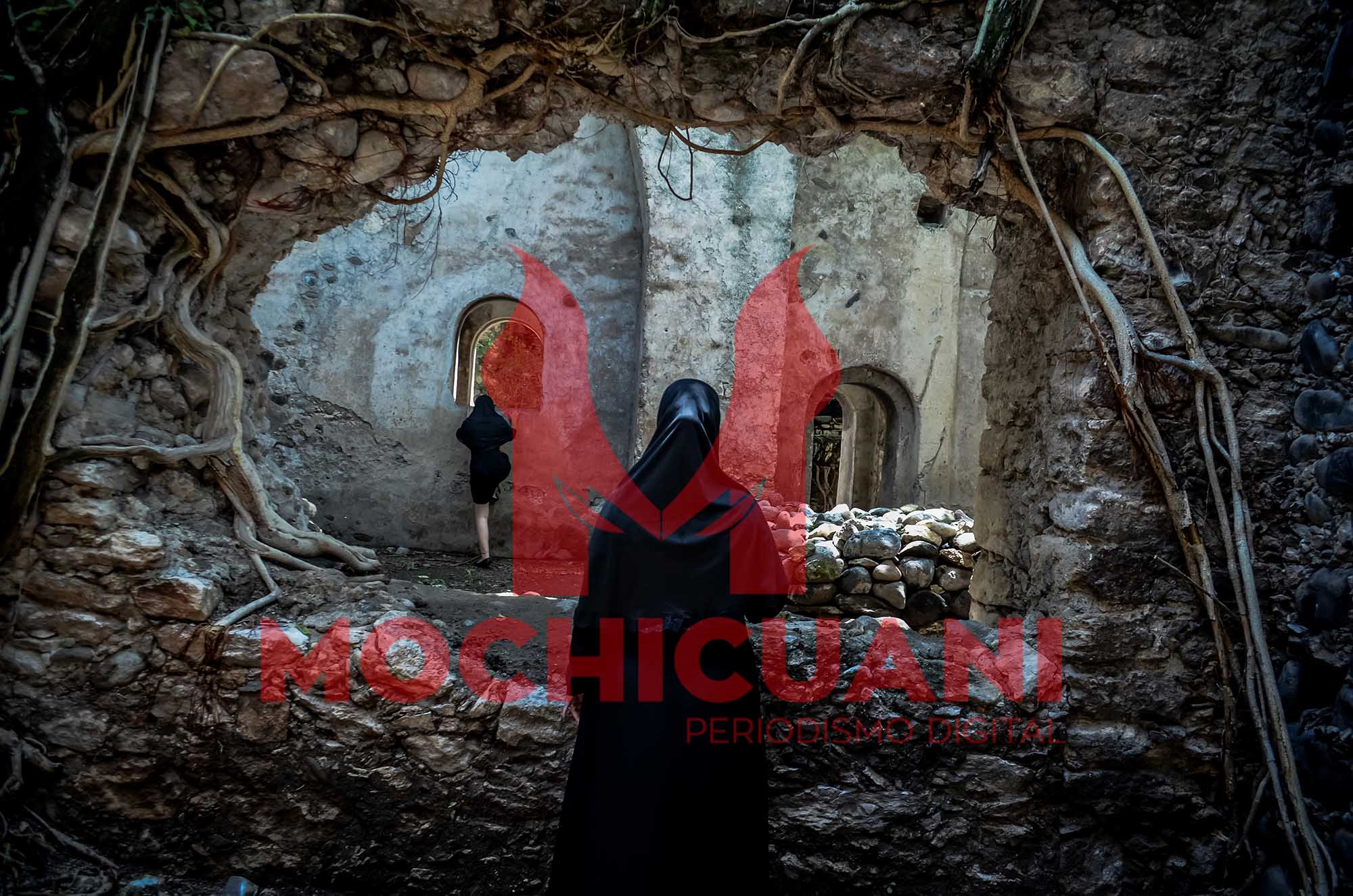English version: The poetry photographic of Maximo Cerdio’s is exhibiting on Chicago

«Dolls for the blinds», Máximo Cerdio, photojournalist
By Yesenia Daniel
Mexico City; jun 19, 2018. Máximo Cerdio Gordillo (Huixtla, Chiapas, 1964), tells how his interesting for the photography began: it happened when circumstances led him go out to report in Cuernavaca about five years ago; however, his creative training has developed all of his life; author of several books such as «Susana San Juan» (La nave de papel, Bacalar, Quintana Roo, 1996) or his most recent poetry book «Mar intimo» (Lengua de Diablo, Cuernavaca, Morelos, 2017), among others.
Cerdio has a passion for coffee which reminds him of his childhood in Chiapas. He settled in Cuernavaca about ten years ago, where work options were considerably reduced, and the most viable, the closest to letters was journalism. He found a way to convert the image into poetry, but not in aesthetic poetry, the images of the photojournalist are not about the beauty, but quite the opposite, of the everyday that can be brutal, and being brutal has become the routine of every day.
Most of the images captured through its lens have been captured before, during or after journalistic coverage, social revolts, peaceful and violent demonstrations, the removal of corpses, murders, or the plea of victims’ relatives and friends, of violence that demand justice from governments; a violent scenario in Morelos Mexico which every day reaches levels that years ago could never have been imagined.
«What many people do not know is that I cannot boast as many other people could do, that as a child, my dad taught me to grab the camera and that he brought me here or there, or that I saw a lot of photography. The truth is that it’s been about five years since I became aware of what I could do with the camera; what I discovered is that it is a language different from poetry or the narrative, and that through this tool I could express my own vision, the world and my bonds with it, then I saw myself there and I liked that».

Máximo Cerdio
Nowadays, Cerdio works in the world of photojournalism, but his poetic vision moves him to look for what other eyes are not used to see between social settings. Mankind and the emotions he provokes are the inspiration that has him always looking for a photo.
The photograph of the poet is not of a commercial essence, does not look for what others would like to have in their living rooms, in fact, his photography disturbs many sectors of society and angers spectators who do not find the beauty in his work; but it falls into this game of the human and the brutality that becomes a poetic composition, a moving feelings piece.
In that permanent quest to understand the world around him, Máximo Cerdio, is like a kid who goes out to play with his toy, and returns home to look at what he has achieved, shared posts of his images on Facebook; that’s how his work began to gain followers.
One of the followers is the artist Ernesto Marenco, who felt fascinated with Cerdio’s urban photography. It was Marenco who invited him to an exhibition at gallery Zhou B Art Center, in Chicago, Illinois; into the Cycle of Contemporany Mexican Photography, organized by Sergio Gómez and Ernesto Marenco.
The mexican artist participated with two photographic series: «Different forms of abandonment», and «Dolls for the blind», that will be displayed until July 15 of 2018.
«Different forms of abandonment», is composed by 18 photos of people, things and animals in different situations. They show them the different ways in which someone or something that should be accompanied or full, is now alone or empty. Each of the 18 photos tells us a latent story with its characters, times, places and circumstances. If the viewer stops and stares enough, it is possible that he can build his own story, sometimes autobiographical.
«Dolls for the blind», also consists of 18 photos that correspond to a specific time and place. These are recycled toys located on a chinampa (a plank used in the mexican prehispanic era to grow vegetables) in Xochimilco. It documents many recycled dolls, with deformations and terrifying gesture; that the owners of that place have hung to attract tourists, but that, in their origins, were treasured by the original owner, Julián Santa Ana Barrera, who lived there since the seventies and died at the age of 80 years old.

«Good bye, mi love», Maximo Cerdio´s collection
To understand the photographic composition, Máximo says he had to see a lot photography without discriminating anything, «swallowing everything», and recognizes his friends Tony Rivera, Enrique Torres Agatón and Lázaro Sandoval as the ones who taught him in a disinterested way, techniques and exercises.
Maximo say that it was through metalanguage and the composition, and moving feelings even with the things we sometimes can’t see, is how he achieved his balance between both languages.
«I think my idea is moving feelings, I mean, to provoke sensations on people, to move the intelligence of a person through a picture, a poetic picture, a picture that I’ve created in the writing as well. Everything that I’ve learnt along 30 years of work experience in the poetry and literature is transferred to the photographic side. I can’t think of poetry without photography; they’re meant for each other».
